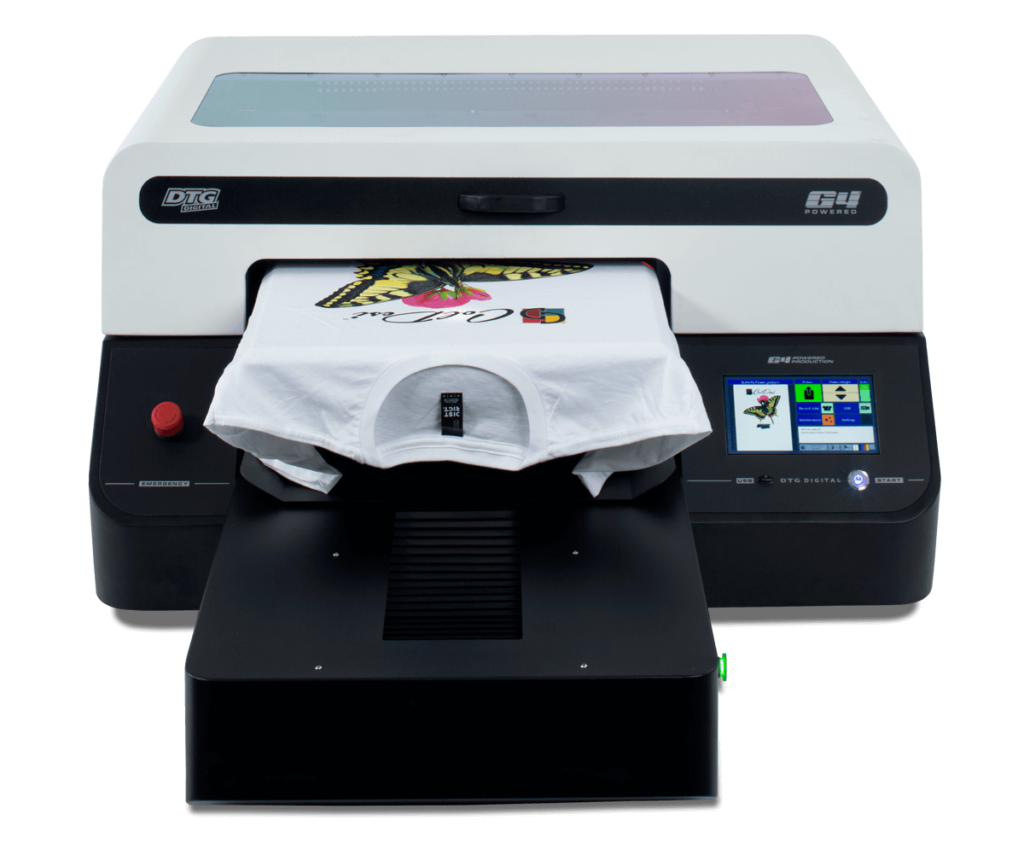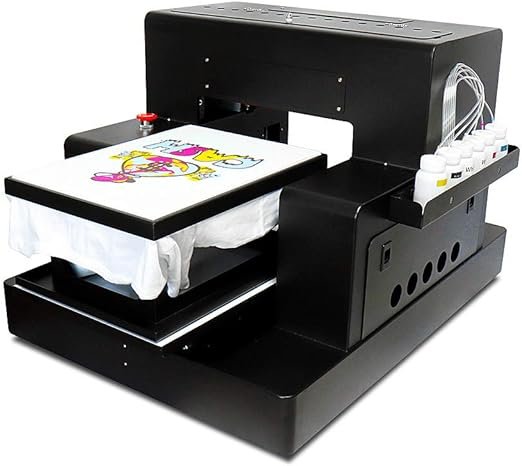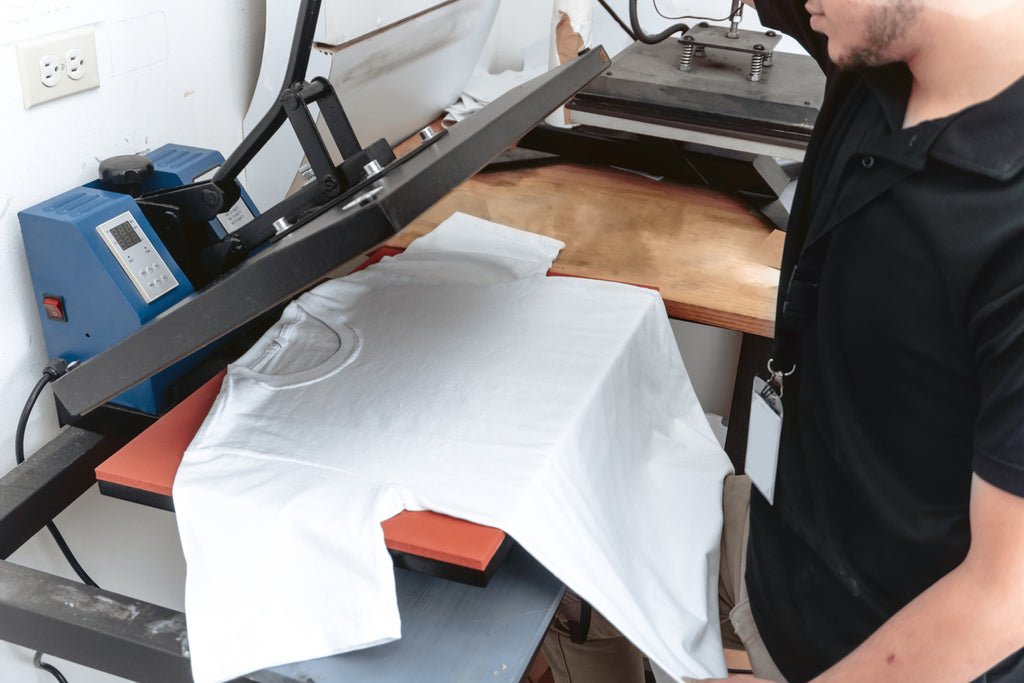
The best printing method for t-shirts depends on various factors such as the design complexity, quantity, fabric type, and desired durability.
When comparing digital, rubber, and screen printing for t-shirts, each method has its own advantages and is best suited for different needs.

1) Digital printing
What is Digital Printing?
Digital printing, also known as Direct-to-Garment (DTG) printing, uses inkjet technology to print directly onto the fabric. This method allows for high-resolution, full-color designs.
Digital printing, is excellent for designs with a lot of detail and color variation.
It works well for small orders or one-off prints because there is no need for setup costs or minimum order quantities. The print quality is high, and the ink penetrates the fabric, resulting in a soft feel. However, it may not be as durable as other methods, and the cost per shirt can be higher for large quantities.

2) Rubber printing
What is Rubber Printing?
Rubber printing, also known as heat transfer printing, involves applying designs onto t-shirts using heat and pressure. The design is first printed onto a special transfer paper, which is then pressed onto the fabric.
Rubber printing, often referred to as heat transfer or vinyl printing, uses a rubber-like material that is cut and then heat-pressed onto the shirt. This method is ideal for simple designs, especially those with bold colors and text. It’s durable and can withstand multiple washes. However, it can feel heavy and less breathable, making it less comfortable for larger designs. It’s also less efficient for large production runs due to the time-intensive nature of cutting and pressing each design.

3) Screen printing
What is Screen Printing?
Screen printing involves creating a stencil (or screen) and using it to apply layers of ink on the fabric. Each color requires a separate screen, making it a more involved process for multi-colored designs.
Screen printing is a traditional method that involves creating a stencil (or screen) and using it to apply layers of ink on the printing surface. It’s cost-effective for large quantities because the setup cost is spread over a larger number of shirts. Screen printing produces vibrant, long-lasting prints and works well on a variety of fabrics. However, it’s less suited for highly detailed designs or small orders due to the initial setup time and cost. Each color in the design requires a separate screen, making it less efficient for multicolored designs.
Each method offers unique advantages that can cater to different requirements and preferences. Whether you’re creating custom tees for a special event, launching a clothing line, or printing team apparel, understanding these printing methods will help you achieve the best results.
n summary, for detailed and colorful designs in small quantities, digital printing is the best choice. For simple, bold designs that require durability, rubber printing is ideal. For large orders with vibrant colors, screen printing is the most cost-effective and durable option.
With the right choice, your t-shirts will not only look great but also meet your quality and durability expectations. Happy printing!
Print Your Passion, Wear Your Story!
Stay Updated With Our Latest Design Inspiration And News By Connecting With Us On Social Media. Follow Us On…….

